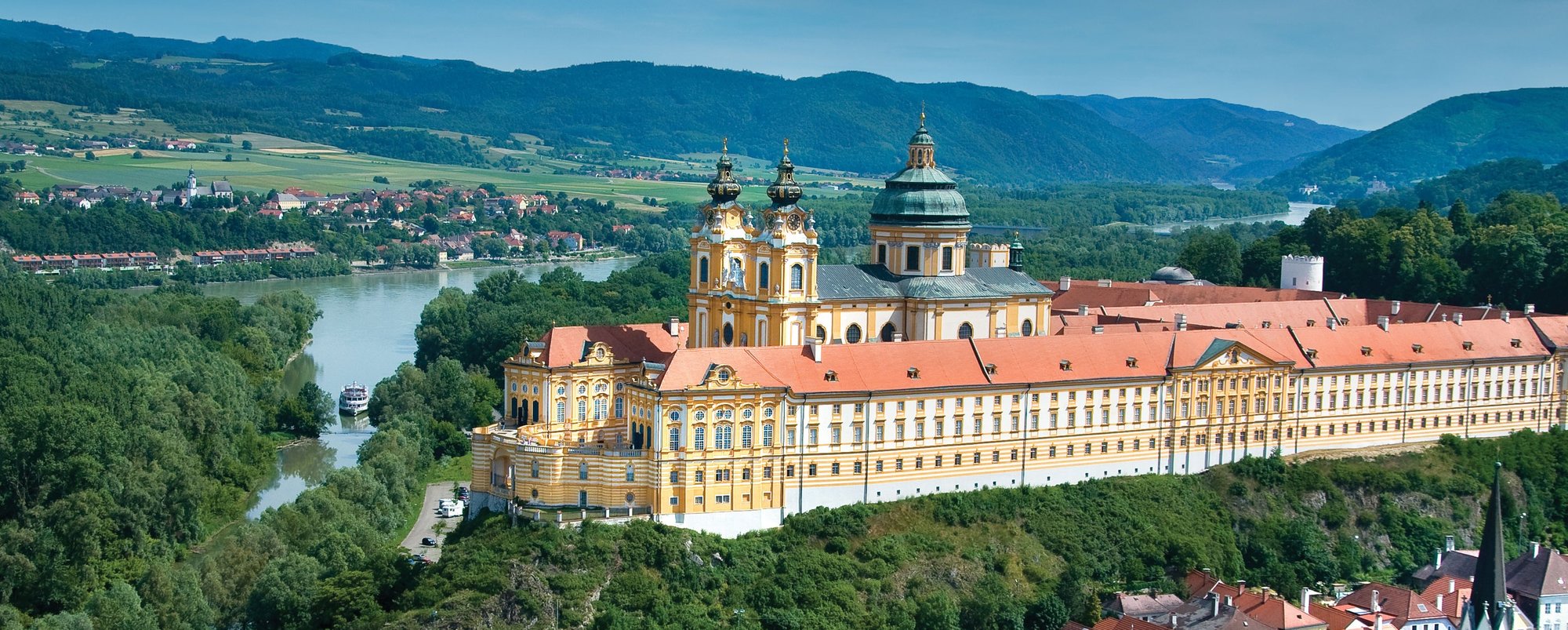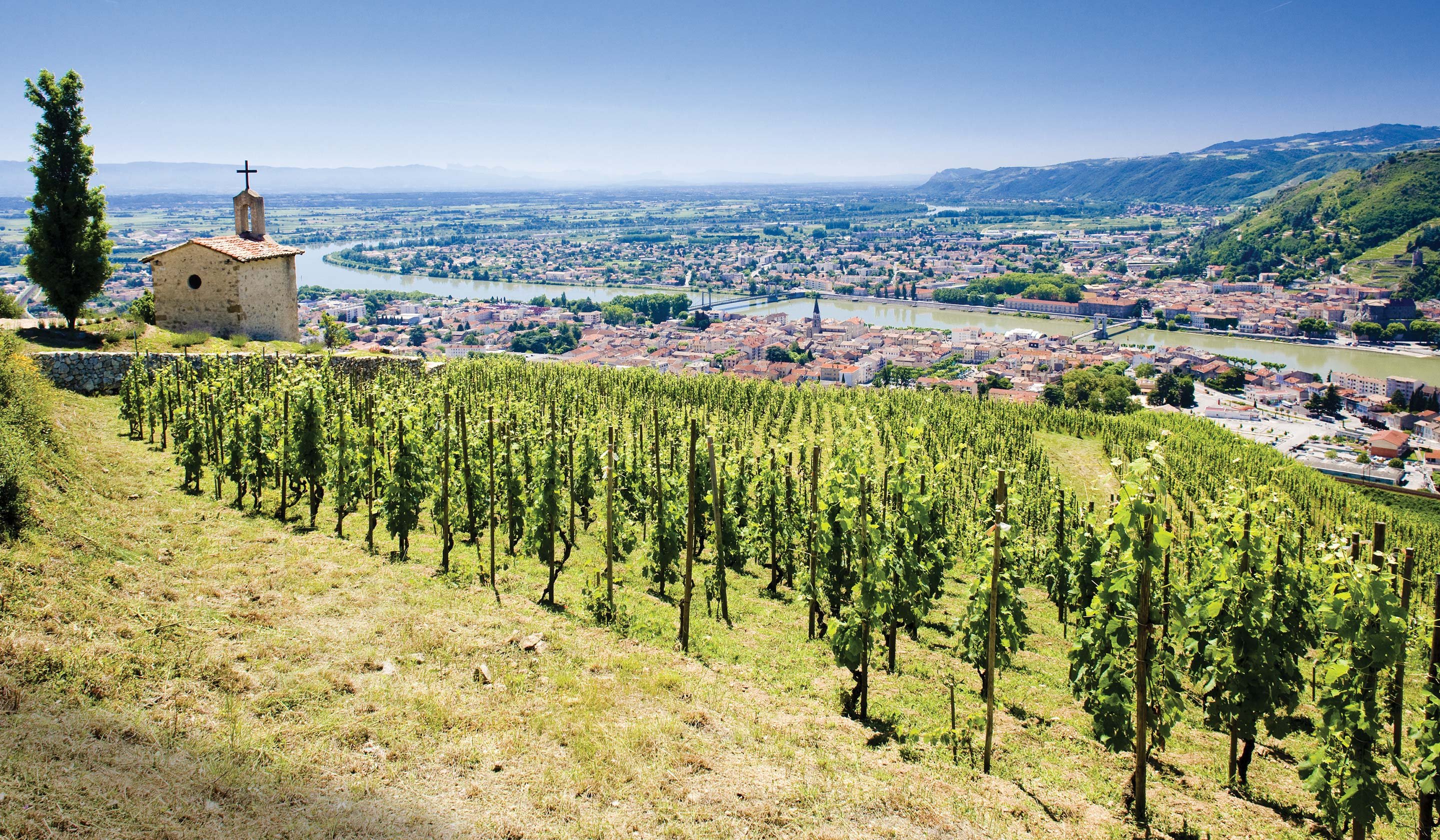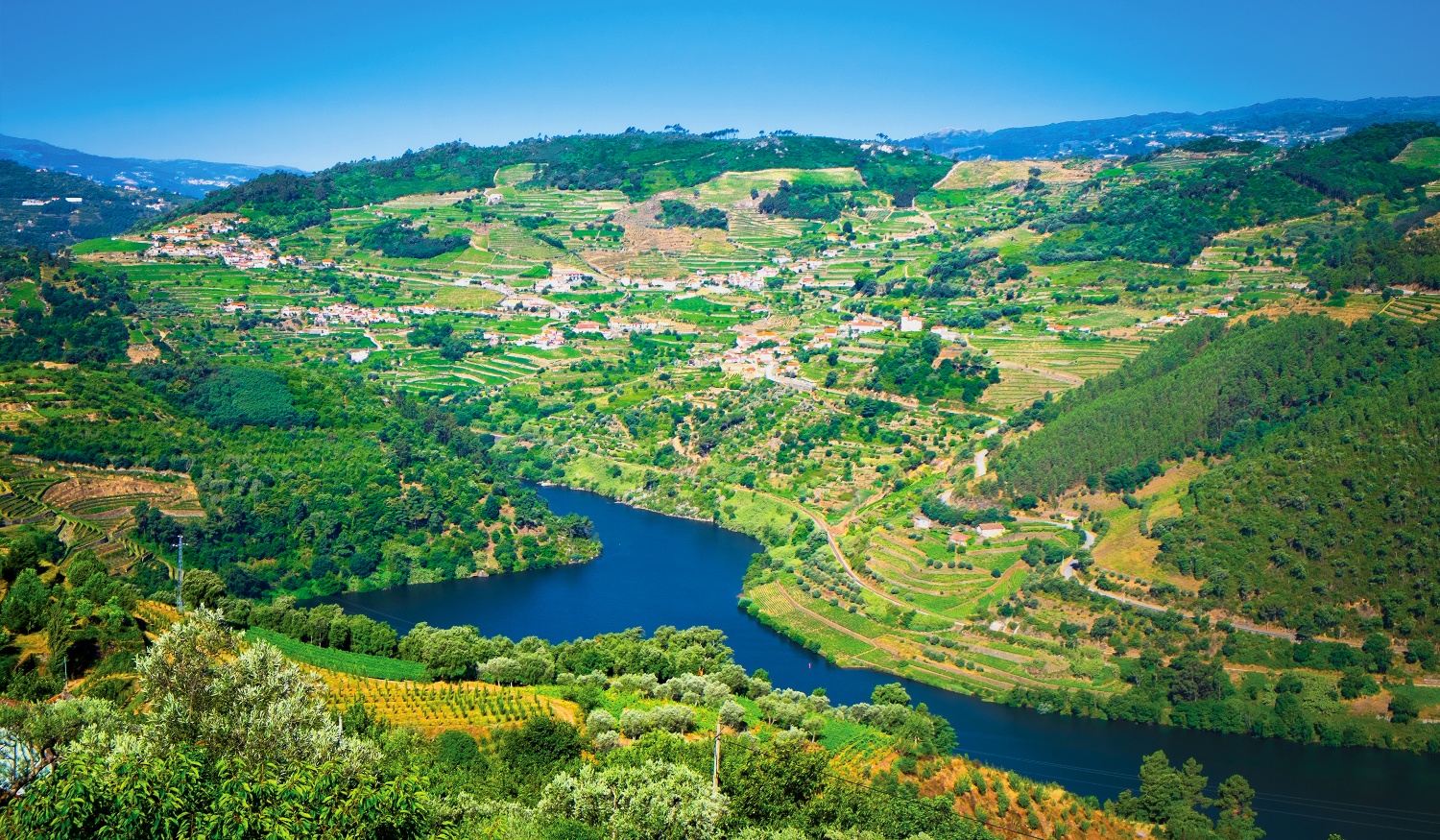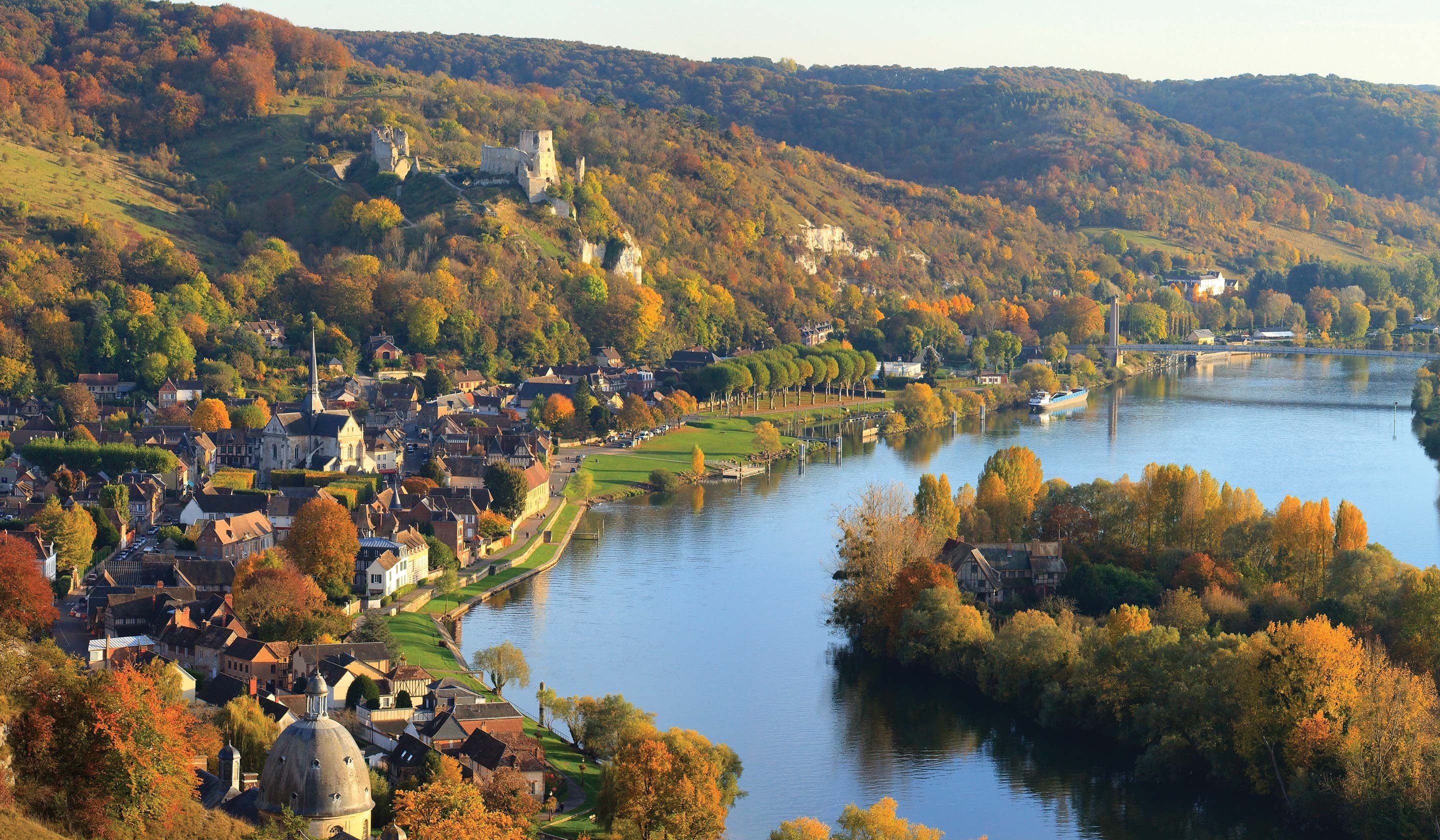
The magic of Tauck's award-winning European river cruises goes far beyond the riverboat you're aboard or the landmarks you'll visit. It's in the intimate ambiance and personalized service, the places you'll discover off the beaten path, and in the uncommon access to local culture and exclusive destination driven experiences you can't get on your own, as you experience a true slice of European life and return home transformed.
In the last couple of decades river cruising has surged in popularity. There are many reasons for that, starting from those stated above. Because rivers are the historical highways along which civilization developed, riverboats take you into the hearts of cities, and across the countryside between the cities and villages.
Practical Advantages of River Cruising
As the word about river cruising has spread, and the offerings have developed and improved, river cruise travel is becoming ever more popular.
In 1992 the canal between the Main and Danube rivers, which was originally proposed in 800 by Charlemagne, was completed. It helped to complete an integrated river system that unites practically all of Europe by water. It made it possible to cruise all the way from Amsterdam to the Black Sea, or to stop at a city along the way, such as Vienna or Budapest.
Today you can explore throughout Europe on its greatest rivers, the Rhine, the Main, the Rhone, the Seine, the Douro and the great Danube. It would be a perfect way to scour Europe thoroughly, a good lifetime travel ambition.
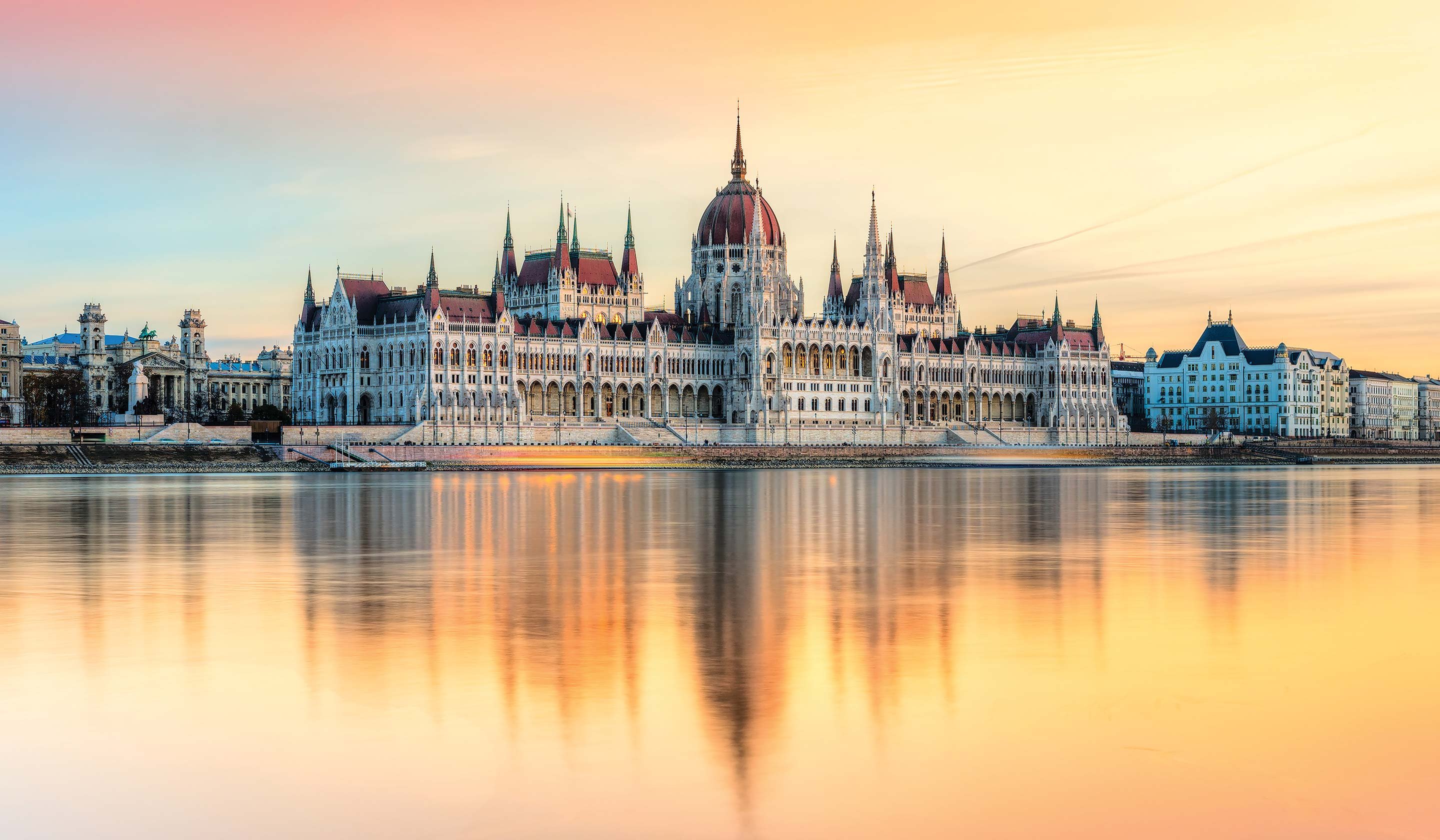
The Danube
The celebrated Danube, for example, travels through 10 countries, from its origins in the mountains of Bavaria, Germany, through Austria, Slovakia, Hungary, Croatia, Serbia, Romania, Bulgaria, and Moldova, to where it pours into the Black Sea in its broad delta in Romania and Ukraine.
It travels through four national capital cities: Vienna, Bratislava, Budapest and Belgrade. It drains nine more countries. It’s the longest river in Europe besides the Volga in Russia, and the only river in Europe that travels from west to east. Its importance to Europe cannot be overstated. Taking a cruise on the Danube can be a highly concentrated survey course in Western Civilization.
You can retrace ancient history as you move through the landscape via the rivers, seeing such things as ancient Roman settlements along the Rhine and the Danube. The Romans used the rivers as they laid the foundations for what would become modern Europe.
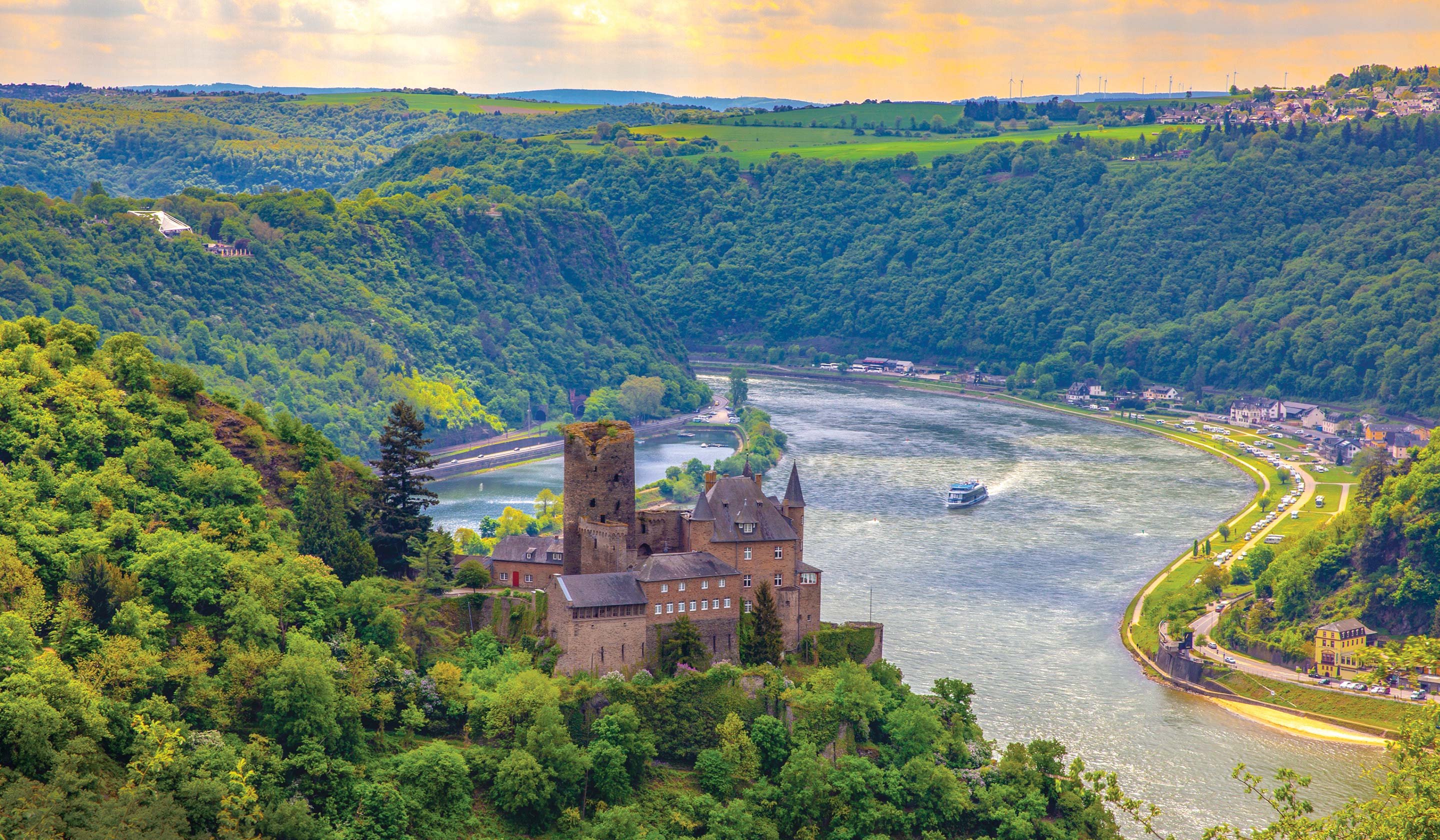
The Rhine
Flowing through six countries, the Rhine River has served as a link between southern and northern Europe since Roman times. Originating from mountain brooks in the Swiss Alps, the Rhine travels north into Switzerland's Lake Constance (Europe's third largest), over the surging Rhine Falls (among Europe's largest), and on to Basel, where it becomes a major waterway used to transport goods and raw materials. The Rhine then serves as a border between Germany and France, narrows through deep gorges and meanders through steep-sided valleys renowned for vineyards and castles. At the Netherlands border, the Rhine splits into tributaries that cross an extensive delta and empty into the North Sea.
Most German winemakers owe their existence to the Rhine region, where the roots of terraced vineyards along the river's banks are traced back to the days of the Romans. While each region produces distinctive styles, the predominant grape is the Riesling; there are also Gewürztraminer, lightly sparkling Sylvaner (in Alsace) and some Pinot Blanc and Chardonnay wines.
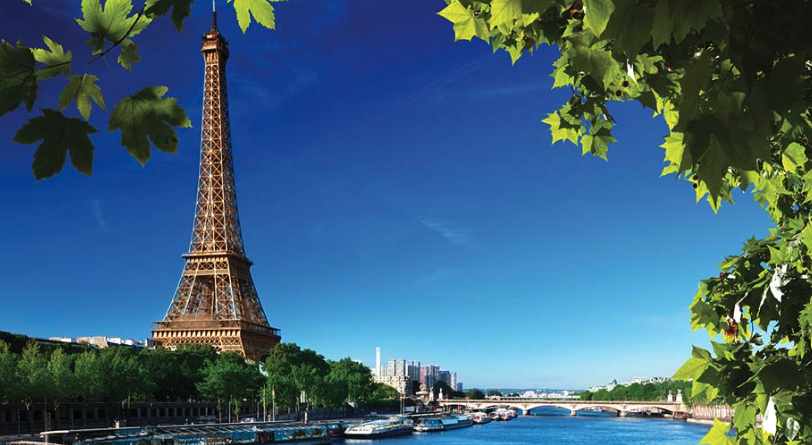
The Seine
The third-longest river in France, the Seine emerges from the earth in a remote spot called Source-Seine, in the Burgundy wine region of northeastern France. It flows northwesterly, curving through Paris, to the Normandy coast, where it empties into the English Channel. The most important river in northern France (and with modern canals linking it to the Loire, Rhône and Rhine), the Seine has been the hub of Paris, and of France, since the Middle Ages. Discover this gently flowing waterway, which has long captured the world's imagination as one of its most romantic and inspiring rivers.
From the Louvre to the Eiffel Tower, the Place de la Concorde and the Grand and Petit Palais, the evolution of Paris and its history can be seen from the Seine River. The Cathedral of Notre Dame and Sainte Chapelle are architectural masterpieces, while the wide squares and boulevards built by Baron Haussman for Napoleon III influenced late 19th- and 20th-century urban planning all over the world. Rouen also possesses a rich architectural heritage in its medieval streets of half-timbered houses and notable Gothic and Renaissance edifices, as do the quaint villages of Les Andelys and other communities along the Seine River.
The Rhone
The second-longest river in France, the Rhône River originates in Switzerland, from the Rhône Glacier in the Swiss Alps (in the canton of Valais). It first flows generally to the northwest into Lake Geneva, then exits the lake and meanders to the southwest from Switzerland into France, meeting the Saône River in the vicinity of Lyon. The Rhône then flows south through southeastern France to the Mediterranean Sea. Near its mouth, at the city of Arles in Provence, the Rhône splits into two branches, the Great Rhône and the Little Rhône, forming a delta in the Camargue region.
With bucolic vineyards that produce a bounty of wines, lush landscapes fed by the Rhône River and cities like Lyon – long considered the culinary capital of France – that entice with some of the finest gourmet cuisine anywhere, the Rhône region is renowned for its cooking schools and culinary creativity. Master chefs perform their magic... pot-au-feu, quintessential quenelles, salade Lyonnaise and savory coq au vin. A trip to a local market introduces one to the vast array of fresh fruits and vegetables, locally produced cheeses, warm-from-the-oven baguettes, spicy sausages and pastries that make their way to the plate in infinitely delectable variations. They're made all the more memorable with a glass or two of the wine this area of the world is famous for.
The Douro
The third-longest river on the Iberian Peninsula, the Douro (whose name many believe is derived from the Portuguese for "golden") flows westward from its origins in north-central Spain, forms part of the border between Spain and Portugal, then cuts across northern Portugal all the way to the Atlantic coast, where it empties into the Atlantic at Porto. The portion of the river within the borders of Spain winds through five provinces of Castile and León, while its Portuguese section forms the heart of the Douro River Valley vinhateiro – one of the oldest wine-producing regions on Earth, active for nearly 2,000 years. The home of world-famous Port wine, the region is a UNESCO World Heritage Site.
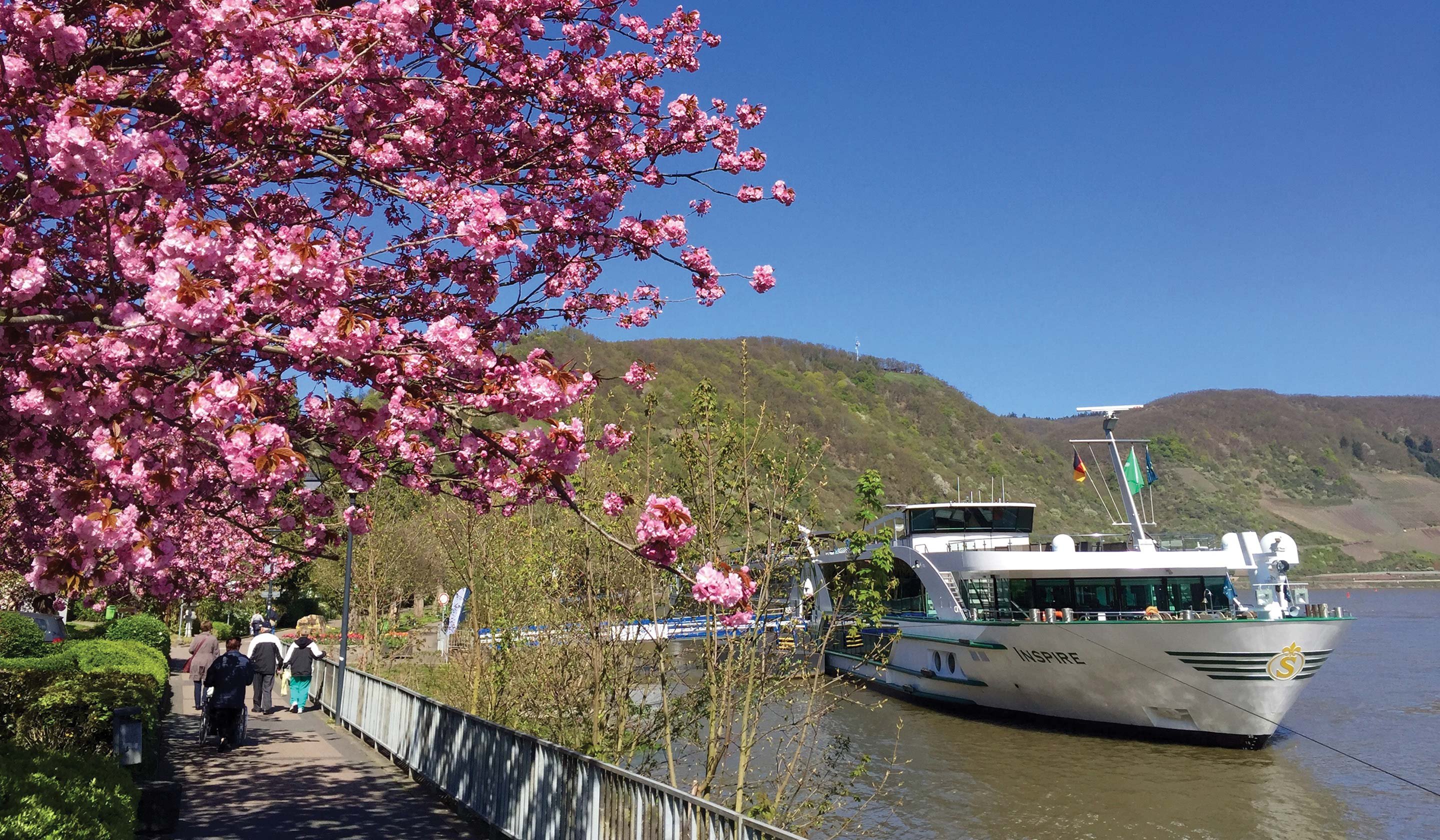
Sights Unseen
A river boat is a great vantage point from which to view the world. You can see things you would never see traveling by car, or train or plane. River cruising allows you to visit towns that are not located along the big automotive highways. You can stand out in the open and view the landscape without the obstruction of windows or anything else. The great rivers are highways of beauty.
One especially nice thing about the river cruise environment is that after spending some days together, you can get to know the staff. I am always amazed at how people who are engaged together for a while start to meld like family. That happens with a riverboat’s crew and its guests in a way that can be pleasantly surprising.
You can sit on your own balcony or choose some other perch on the boat and watch the countryside as it rolls by. The boats are beautifully designed and appointed so that they are a great pleasure just to be on. And there’s that timeless nautical element that resonates so deeply, the experience of being on a boat sailing on water. All of these advantages make a river cruise a great place for families or couples to spend quality time together.
It’s no wonder river cruising has taken the travel world by storm. Overall, there’s just no better way to travel. Let our TRAVELINK advisors plan your perfect European River itinerary with Tauck - submit a Trip Request below!

About the author
TRAVELINK
TRAVELINK is headquartered in Nashville, Tennessee and operates nationally with a combination of boutique business call centers and a national network of experienced virtual business travel and leisure travel advisors. Travelink’s client base includes a range of Fortune 500 Corporations, small to mid-market companies, as well as clients from the entertainment industry, sports teams, groups, and religious & non-profit organizations.
Topics: New, River Cruise, Luxury, Leisure Travel, Vacations
